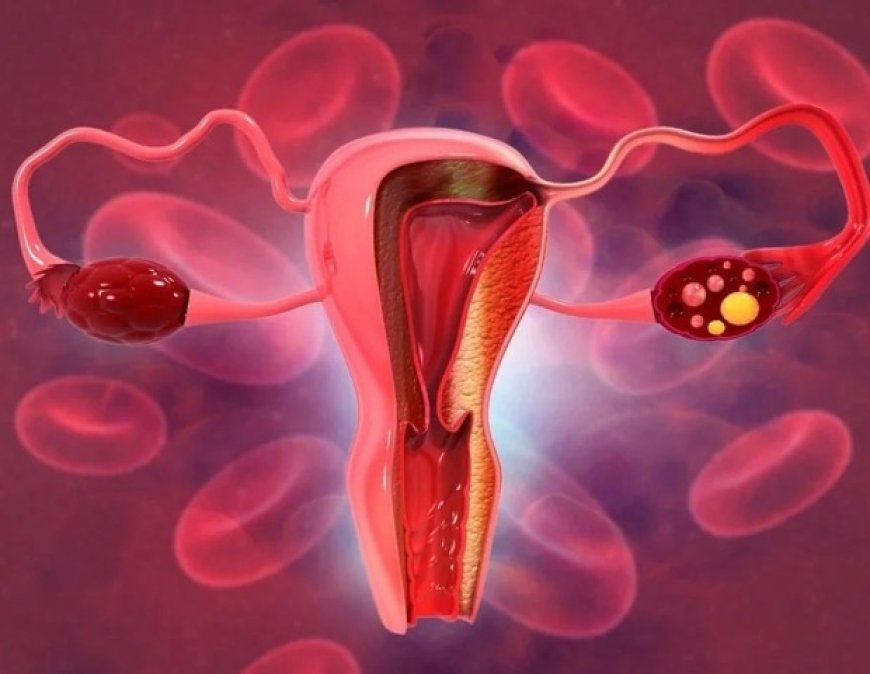HPV16 and 18 Nearly Eradicated in Vaccinated Danish Women, Other High-Risk Types Persist
A study in Denmark found that HPV types 16 and 18 have been almost eliminated in women vaccinated against HPV, but other high-risk types still exist. The research suggests that current vaccination strategies are effective in reducing the risk of cervical cancer.

Among the more than 100 types of human papillomavirus (HPV), at least 14 are considered as 'high-risk' types which can cause (cervical) cancer. Cervical cancer is the second most common cancer among women aged 15–44 in Europe after breast cancer.
Before the HPV vaccination for teenage girls began in Denmark, high-risk HPV was present in all cervical cancers. HPV types 16/18 were responsible for 74% of cervical cancers. These types are covered by the 4-valent HPV vaccine introduced in 2008 and the 9-valent vaccine used in Denmark since November 2017. Prior to the vaccination campaign, 26% of cervical cancers were caused by high-risk types not covered by the vaccines.
In a study published in Eurosurveillance, Nonboe et al. analyzed the HPV status of cervical samples from vaccinated women (22–30 years old) at screening age for cervical cancer. They examined samples from 17,252 women over seven years and compared HPV prevalence between vaccinated and unvaccinated women.
The study revealed that HPV16/18 infections have significantly decreased among vaccinated women in Denmark, indicating population immunity. However, one third of women still had high-risk HPV infections not covered by the vaccines, with new infections more common in vaccinated women. The study suggests adjusting cervical screening strategies until vaccinated women reach screening age.
What's Your Reaction?
 Like
0
Like
0
 Dislike
0
Dislike
0
 Love
0
Love
0
 Funny
0
Funny
0
 Angry
0
Angry
0
 Sad
0
Sad
0
 Wow
0
Wow
0




















































































































































































